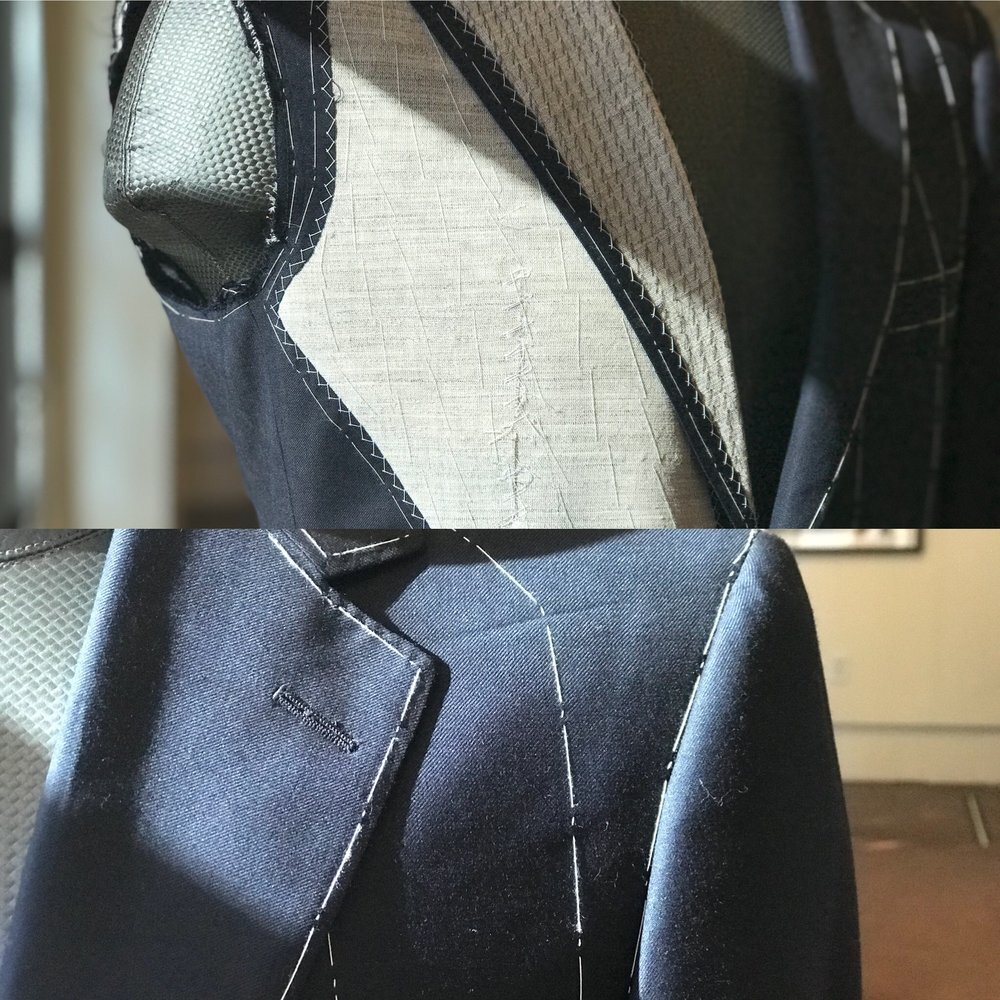Custom Suits Perth: Stand Out with a Made-to-Measure Suit
Custom Suits Perth: Stand Out with a Made-to-Measure Suit
Blog Article
Understanding the Tailoring Process: From Textile Choice to Final Fitting for the Perfect Wardrobe
The customizing procedure is a complicated interplay of art and science, beginning with the important decision of fabric option and finishing in the precise adjustments of final installations. Each textile kind brings one-of-a-kind qualities that affect not only the visual appeal yet likewise the garment's long life and suitability for different occasions.
Importance of Fabric Choice
Selecting the right fabric is critical in the tailoring process, as it straight influences the comfort, resilience, and general aesthetic of the last garment. The selection of fabric establishes the foundation for the garment's performance, capability, and design. Various materials have distinct homes, such as breathability, stretch, and weight, which can dramatically influence how the garment drapes and fits the body.

A customized item made from an ideal fabric not just showcases craftsmanship but also elevates the wearer's confidence. Understanding the nuances of fabric option is vital for any kind of customizing endeavor. It makes sure that the last product not just meets the aesthetic needs of the customer however additionally lines up with useful demands, therefore attaining a harmonious balance in between type and function in the customized wardrobe.
Sorts Of Fabrics and Their Usages
Recognizing the different types of materials readily available is crucial for making notified choices during the customizing process. Each fabric possesses special characteristics that dictate its suitability for particular garments and occasions.
Its versatility enables it to be tailored right into whatever from shirts to gowns. Its all-natural flexibility helps garments maintain shape over time.
Silk shows luxury and is lightweight, making it perfect for eveningwear and delicate shirts; nevertheless, it calls for cautious handling as a result of its delicacy. Linen, with its textured finish, is a popular choice for warm environments, offering a crisp and airy feel, yet it wrinkles conveniently, which might influence the garment's look.
Synthetic fabrics, such as polyester and nylon, offer durability and resistance to creases, making them appropriate for daily wear and active apparel. Understanding these material kinds and their homes allows for far better decision-making, making certain that each customized piece not just fits well but additionally straightens with the intended purpose and occasion.
The Tailoring Strategies Discussed
The art of tailoring depends on a selection of techniques that change fabric into well-fitted garments. Central to this process is pattern preparing, where a tailor creates templates based on the client's measurements and desired style. This preliminary step makes certain that the garment will fit the wearer properly before any kind of reducing happens.
As soon as patterns are developed, cutting strategies come right into play. Precision is vital as errors can result in misfitting garments. Tailors typically utilize numerous cutting techniques, such as single-layer cutting for intricate layouts and multiple-layer cutting for effectiveness on standard patterns.
Basting is an additional vital strategy, permitting dressmakers to briefly sew material items with each other for a preliminary fitting (tailored suits perth). This technique offers the chance to evaluate the drape and general silhouette prior to final sewing
Seaming techniques, including flat-felled joints and French seams, boost the garment's resilience and visual charm. Tailors also employ methods such as interfacing and extra padding to other offer structure and shape to certain areas, like collars and shoulders.
Finally, completing strategies, consisting of hemming and side finishing, make certain the garment's long life while providing a sleek look. Together, these techniques form the foundation of effective tailoring, causing exquisite, custom-fit apparel.

Suitable Adjustments and Considerations
After the preliminary tailoring strategies have actually been applied and the garment is created, fitting adjustments come to be paramount to achieving the best fit. These modifications resolve different facets of the garment, ensuring it contours to the user's physique and enhances overall appearance.

The increase of pants is an additional essential aspect; it needs to sit easily over the hips without triggering discomfort, enabling for ease of activity. Hemming lengths for both trousers and skirts need to reflect the user's recommended design while appreciating proportions.
Furthermore, focus needs to be offered to the rear of the garment, making sure that there are no unsightly pulls or excess textile - custom suits perth. Each change must be thoroughly taken into consideration, as even small changes can substantially impact the total fit and aesthetic of the tailored item, eventually causing a closet that exudes confidence and refinement
Keeping Your Tailored Clothing
Constantly adhere to the treatment tag guidelines, which may advise dry cleaning for delicate textiles or machine cleaning for more durable products. Stay clear of constant laundering, as this can wear down the material and change the garment's form.
Storage is find more equally vital; usage padded hangers for jackets and layers to preserve shoulder structure, and store trousers folded nicely or hung to avoid creasing. Shield garments from straight sunlight, which can fade shades and damages fibers.
Furthermore, periodic examinations for small repair work can protect against bigger problems. Check for loosened buttons, tearing joints, or indications of moth damages, dealing with these issues immediately to preserve the garment's stability.
Last but not least, think about seasonal turning. Wearing customized pieces in moderation permits textiles to recover, extending their life-span. By carrying out these maintenance techniques, you can make certain that your customized garments stay as pristine as the day you initially used them, improving your excellent closet for several years ahead.
Conclusion
The customizing procedure, including material selection, competent methods, and specific suitable changes, plays a crucial function in producing garments that boost both comfort and design. Recognizing the significance of maintenance expands the life of customized garments, strengthening their value in a well-curated wardrobe.
Report this page